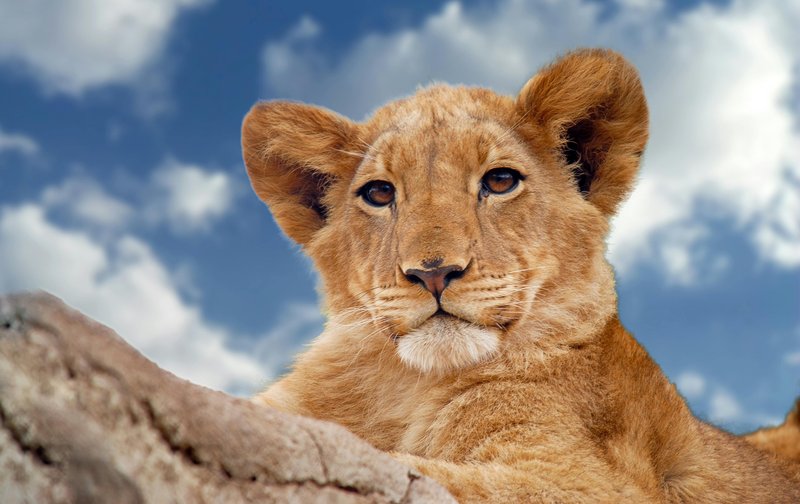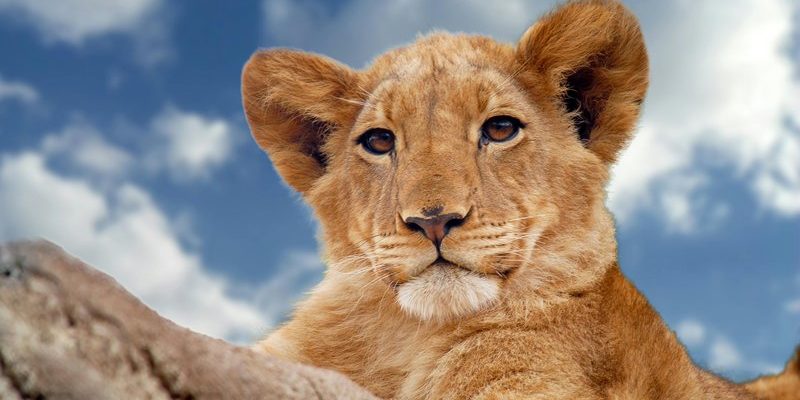
When we talk about the evolutionary history of the lion, we’re diving into a narrative that stretches back over millions of years. Imagine tracing your family tree, but instead of a few generations, it spans eras filled with dramatic changes, environmental shifts, and ancient ancestors. It’s a story of how a creature evolved from small, agile cats to the big cats we know as lions today. Let’s unpack this history, one paw print at a time.
Early Ancestors of the Lion
The lion’s journey begins with its ancestors in the Felidae family, which includes all species of cats. Going back roughly 10–15 million years, these early felids were much smaller than today’s lions. They roamed the varied landscapes of what is now Europe, Asia, and Africa, adapting to different environments. These early relatives were agile hunters, which is a characteristic that would carry through to modern lions.
One notable ancestor is the *Proailurus*, considered one of the first true cats. It had the typical features of a modern cat—sharp claws, retractable claws, and keen senses. These traits were particularly useful for hunting small prey, allowing them to thrive in their habitats. As the climate shifted and continents drifted, these cats began to diversify, eventually leading to the emergence of larger predators like the lion.
You might be wondering how this relates to lions. Well, as these early felids dispersed, they adapted to varying environments, which led to the evolution of different species, including the lion, about 1.5 million years ago. This branching out in evolution is like a tree with many branches—some leading to modern lions, while others led to different big cat species.
The Rise of the Modern Lion
The modern lion, known scientifically as *Panthera leo*, truly began to take shape during the Pleistocene epoch, around 800,000 years ago. This period was marked by dramatic climate changes and the presence of large herbivores, which provided ample food for these big cats. Imagine a buffet of ancient megafauna like mammoths and giant deer. It was a cat’s dream!
During this time, two major lion subspecies emerged: the *Panthera leo leo*, which roamed Europe and parts of Africa, and the *Panthera leo spelaea*, known as the Eurasian cave lion. These lions were slightly larger and had adaptations suited for their colder environments. They thrived until the climate changed and human expansion began to take its toll on their populations.
Here’s the thing: these adaptations weren’t just about hunting. The lions developed social structures, allowing them to hunt in groups, which made taking down larger prey easier. This social aspect set the stage for the pride dynamics we see today. Just picture a family gathering, but instead of chatting over coffee, they’re strategizing their next hunt!
The Lion’s Decline and Conservation Status
As we moved into the modern era, both lions and their habitats faced increasing pressures from human activity. Habitat loss, poaching, and conflicts with humans led to a significant decline in lion populations. You might be surprised to learn that, in the early 20th century, lions roamed across much of Africa, Europe, and even parts of Asia. Today, they are primarily found in sub-Saharan Africa and a small population in the Gir Forest of India.
Conservation efforts are now more crucial than ever. Organizations around the globe are working tirelessly to protect lions and their habitats. This isn’t just about saving a majestic species; it’s about maintaining the balance of ecosystems where these mighty cats play an essential role.
Imagine a world without lions. This would mean further disruption in the food chain and ecosystem. That’s why conservation initiatives focus on creating protected areas, minimizing human-wildlife conflict, and educating communities about the importance of these regal animals. It’s a collaborative effort to ensure that these symbols of strength continue to roam our planet.
Cultural Significance of Lions
Lions have played a significant role in human culture for centuries. From ancient civilizations to modern times, they symbolize courage, strength, and royalty. Think about the lion in heraldry, representing power and nobility, or the lion featured in movies like “The Lion King,” depicting loyalty and family.
Different cultures have different perspectives on lions. In some African tribes, lions are revered as guardians of the savannah, while in other parts of the world, they symbolize ferocity and valor in battle. This cultural significance often influences how societies approach lion conservation—recognizing their value beyond just a living creature.
Also, consider how lions have inspired countless works of art, literature, and myths. Just like how stories create connections between people, lions have forged a bond between humans and nature. Their presence in our lives reminds us of the wild beauty that still exists in the world.
Current Research and Future of Lion Evolution
As science progresses, researchers are gaining a deeper understanding of lion evolution through genetics and fossils. Advanced technologies allow scientists to analyze DNA from ancient specimens, revealing how lions adapted to changing environments over time. It’s like piecing together a puzzle with missing parts, and with each new discovery, the picture becomes clearer.
Current research is also focused on understanding the genetic diversity within lion populations. These studies are vital because they help conservationists figure out how to manage and protect the genetic health of lions. A lack of diversity can lead to vulnerabilities, making populations less resilient to diseases or environmental changes.
Looking toward the future, the ongoing challenge will be balancing human development with conservation efforts. As urban areas expand, lions’ habitats shrink. It’s a delicate dance that requires innovative solutions and collaboration across disciplines. Understanding the evolutionary history of lions can inform these efforts, guiding us in creating sustainable environments that allow both humans and wildlife to thrive.
The evolutionary history of the lion is a captivating journey filled with adaptation, survival, and cultural significance. From their early ancestors darting through ancient forests to the iconic kings of the savannah today, lions have shaped our understanding of biodiversity and conservation.
As we reflect on their past, it’s essential to consider their future. By fostering a deeper appreciation for these majestic creatures and supporting conservation efforts, we can ensure that lions continue to roar across the landscapes of our planet for generations to come. Let’s cherish the legacy of these magnificent animals and commit to protecting their place in the wild, because a world without lions would be a much quieter, less vibrant place.

